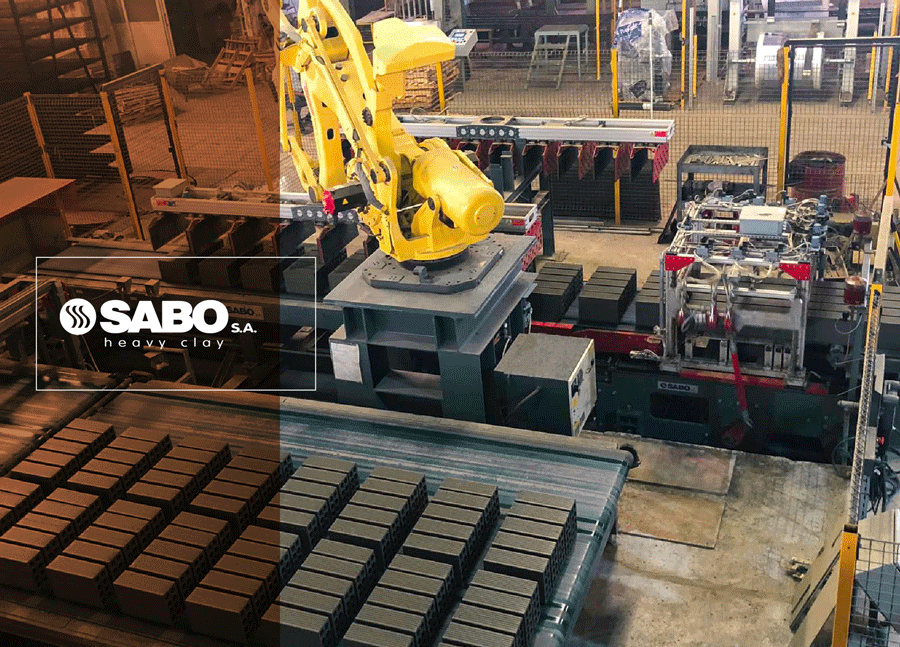
Most developed markets in the sector of building materials and construction are moving towards construction practices that ensure a better thermal and acoustic insulation of buildings as well as labor savings during construction.
It is no wonder then that building materials manufacturers in markets, even that of South Europe that are traditionally using simpler horizontally perforated bricks are currently introducing, larger and specially designed insulation blocks. Well-formed, dimensionally accurate and thermal insulating designs make a difference and are essential in a highly competitive environment either to compete with existing clay blocks or other substitute building products. Through such design, building constructors can ensure a comfortable and healthy living environment, high sustainability, and labor savings.
South Europe is therefore at the phase of adopting the use of clay blocks. Local manufacturers are also pursuing stricter standards for the achievement of a maximum U value equivalent to 400w/m2.K. In central European markets where clay blocks are the standard practice, it is increasingly popular the building of monolithic structures without any externally applied insulation. Yet, the adoption of such practice is not yet introduced in south Europe because it has to overcome the issue of the decreased space utilization in buildings that is not favored by some constructors.
Due to the above the red clay blocks - due to the distinct shaping process - is the predominant building material for the housing market. Yet, traditional handling automation have to be replaced with systems that are suitable for such larger, heavier, and more complex in design clay blocks. In other words, forming and handling systems are in high demand when they can respect the particularities of blocks with interlocking, thin web, or designed for insulation infill. Such systems require a minimum amount of handling and transportation of the sensitive wet product and a better suited robotic manipulation of the loading on the dryer car. Contrary, rollers and chain transporting, which were since many years a common practice for transporting wet products seem to be outdated and far away from the recommended best practices.
Sabo installed and commissioned recently the fourth such system in Cyprus, a market that favors clay products through many generations. With new cutting systems we obtain a great versatility, and the handling of a wide range of different products.
This first investment is also a necessary step for a further improvements and investments through grinding and filling of the clay blocks.
SABO implemented this upgrade in one of the few factories in Cyprus that have not yet proceeded with such a modernization. The new online cutting and loading equipment’s has been implemented in Latcia, a suburb of Nicosia. It came into production during first half of 2021.
The production and quality objectives have been fully met through the close cooperation of Sabo and the customer.
